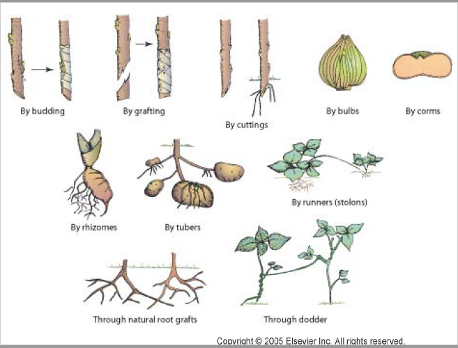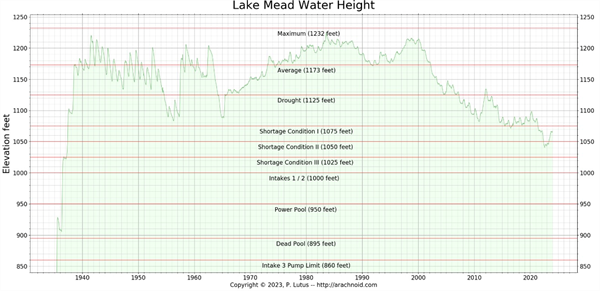Jun 12, 2024
Virus transmission: Part I (2024)
Plant viruses cannot penetrate the intact plant cuticle and cellulose cell wall that acts as barrier to infection. The virus overcomes the problem by either avoiding the need to penetrate (example seed transmission) or by using the wound in plants as infection site, or transmission by insects, nematodes or fungi as a vector.
Mechanical transmission involves the introduction of infective virus or viral RNA into the wounds of plants. Viruses such as Tobacco mosaic virus (TMV), Potato virus X are highly stable, and reach high concentration in plants. As you all know TMV can readily contaminate hands, clothings, and implements and can be spread by worker. TMV can even spread mechanically by tobacco smokers as the virus is present in cured tobacco leaves.
Mechanical transmission is of great importance. In field and greenhouse, great amount of caution has to be implemented to not transmit the infection. Field sanitation, tool sanitation is very important to avoid the spread of virus.
However, in experimental world mechanical transmission is a very useful tool to study viruses. Mechanical inoculation of virus to a heathy host plant is done for assays, to produce local lesions, in the propagation to of viruses for purification, in host range study, diagnosis, and to understand the interaction between virus and susceptible cells.
Seed transmission: About 1/7 th of the known plant viruses are transmitted through seeds. Different viruses have different host ranges (the plants that they can infect). Tobacco mosaic virus, Cucumber mosaic virus are some viruses with a very wide host range and they may not be seed transmissible in all plants they infect. Seed transmission plays a huge role in virus epidemiology. Not only they can be a primary source of infection, leading to an epidemic in the field upon conducible environment, seed transmission is an effective way for long distance travel of the virus, thus introducing the virus to new places. You have heard of USDA regulations/restrictions on different crops, from certain foreign countries to avoid introduction of infected seeds/plant materials.
Seed transmission can occur simply by contamination of seeds, as in tomato seeds by Tobacco mosaic virus. This can be readily inactivated by seed treatments.
The second type of seed transmission occurs when the virus is present in the embryo tissue that can happen prior to fertilization or takes place at pollination. Pea seed-borne mosaic virus is a well studied plant virus in this category.
Pollen Transmisison: Some viruses are transmitted from plant to plant via pollen. As in seed transmission, pollen transmission has two mechanisms, gametic infection of embryo and direct infection of mother plant.
Vegetative propagation: An important horticultural practice, and unfortunately a very effective method for perpetuating and spreading viruses. In clonally propagated plants, an infected mother plant which could be asymptomatic could be used to make hundreds and thousands of daughter plants, which will all have the virus. Any vegetative parts such as bulbs, corms, runners, and cutting will be infected.
Grafting: Essentially a form of vegetative propagation, once the organic union has been established and plants (Scion and Stock) function as a single plant. In experimental front, grafting is used as a virus transmission methods, when all other methods fail.


To contact Bindu Poudel go to:
bpoudel@email.arizona.edu












